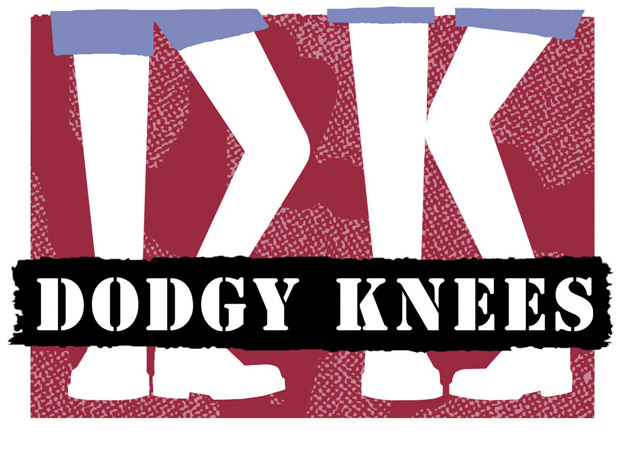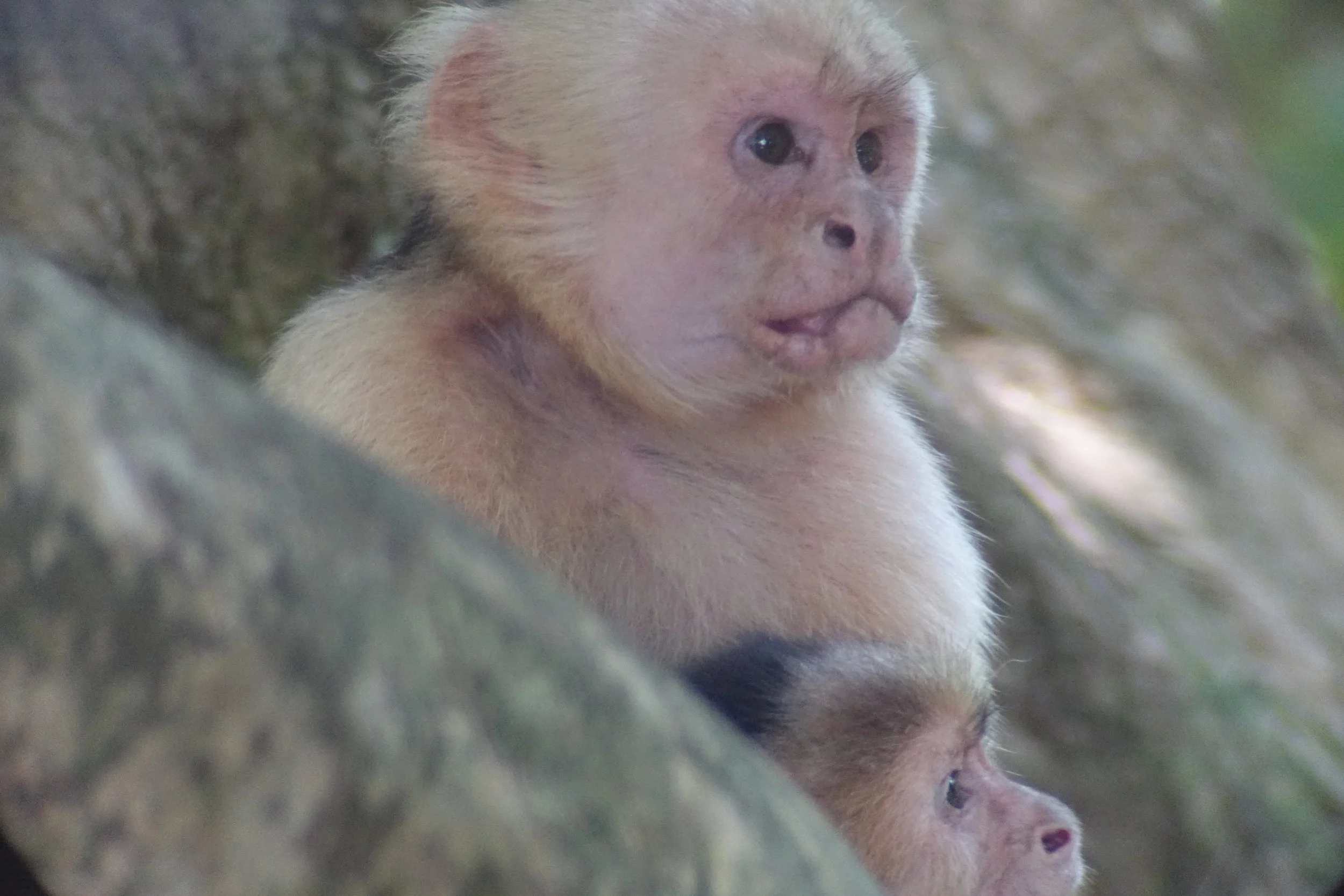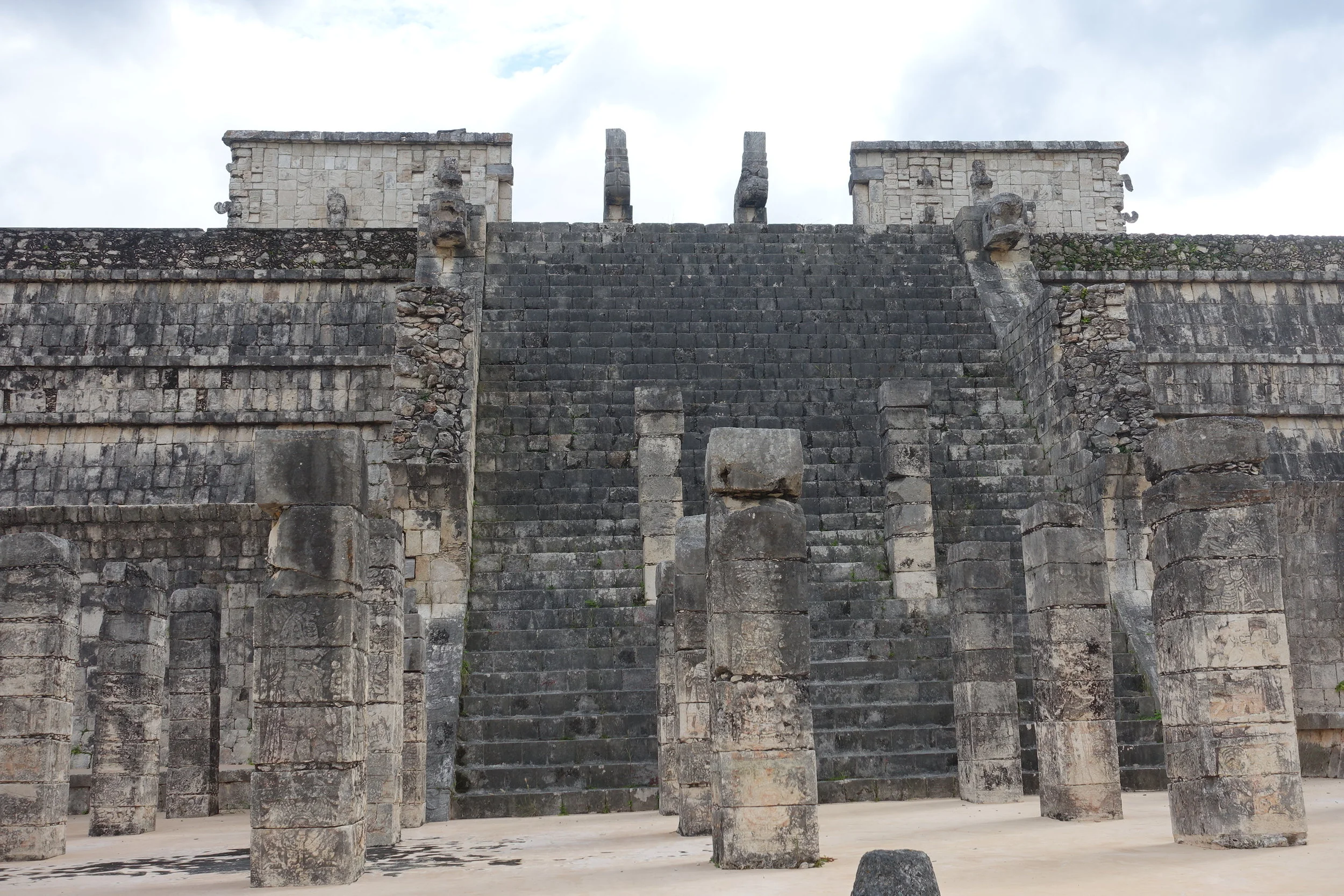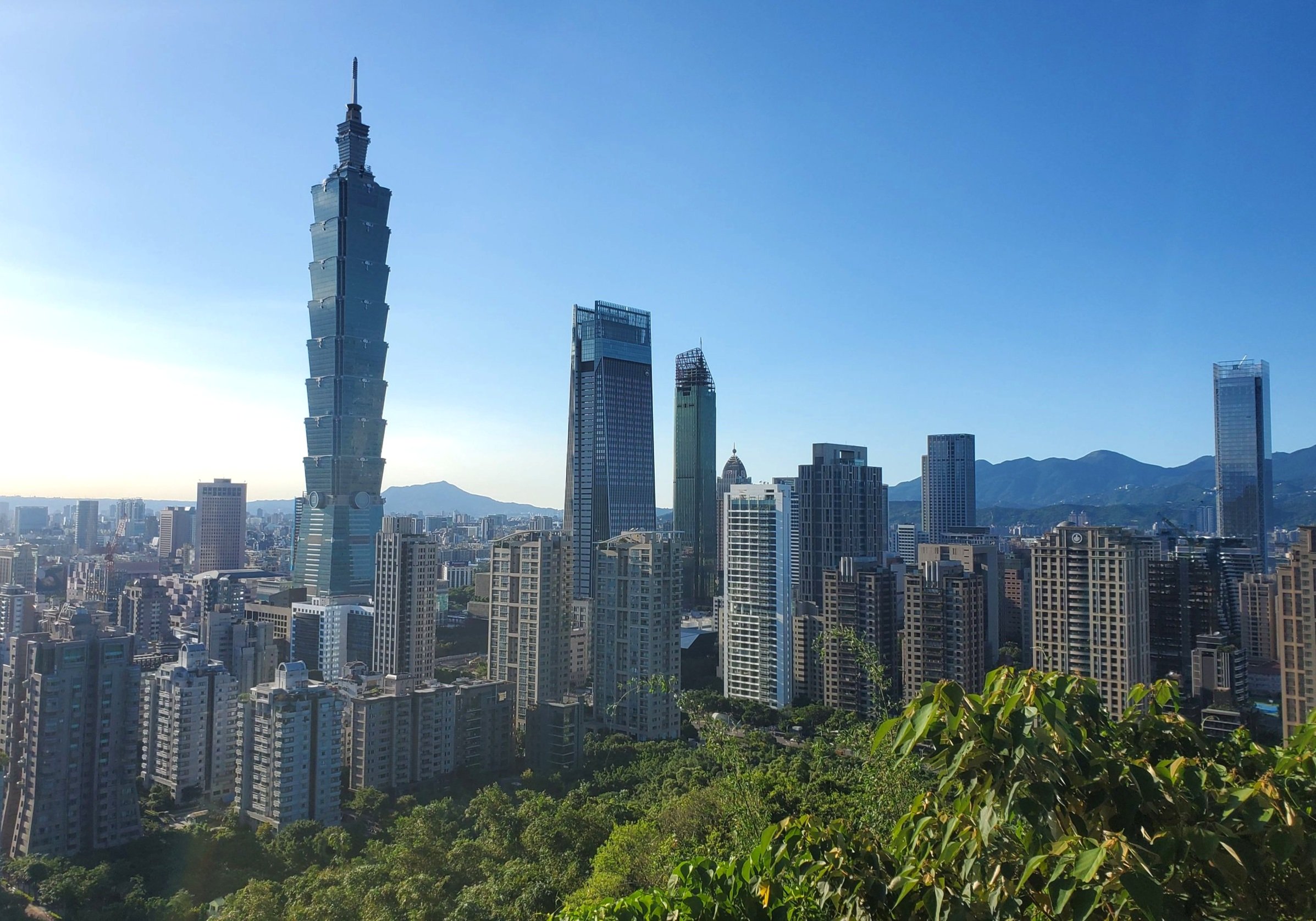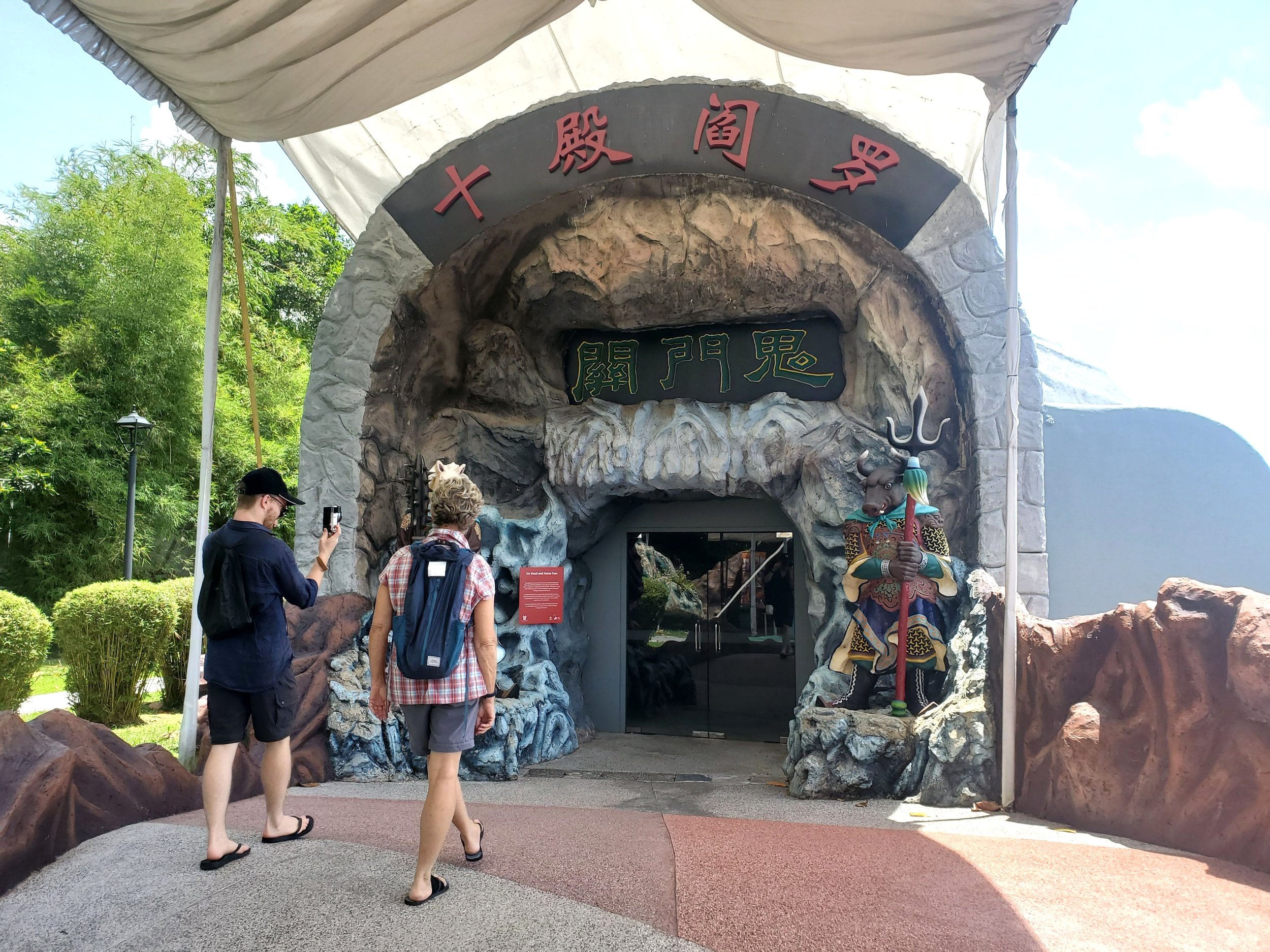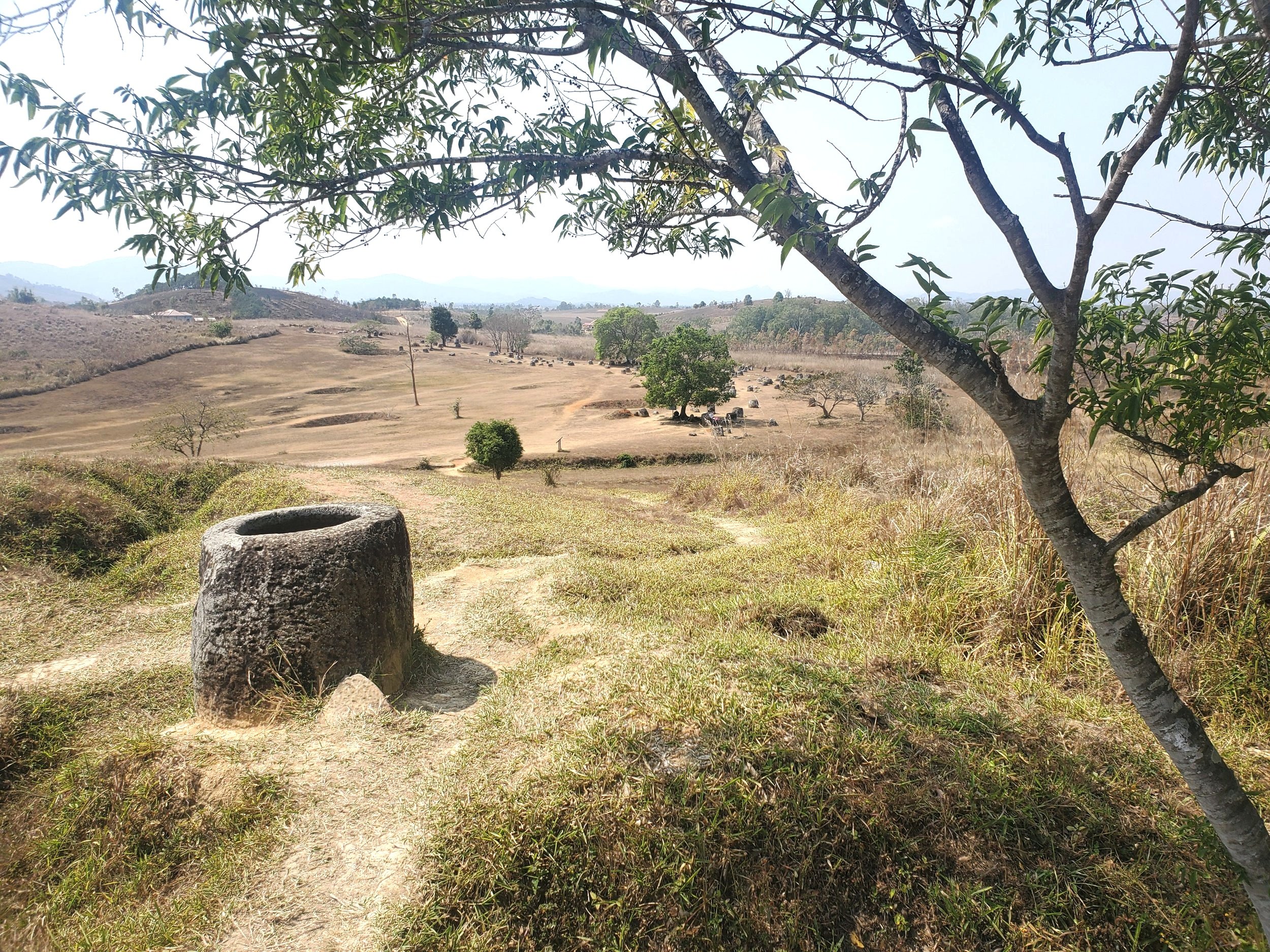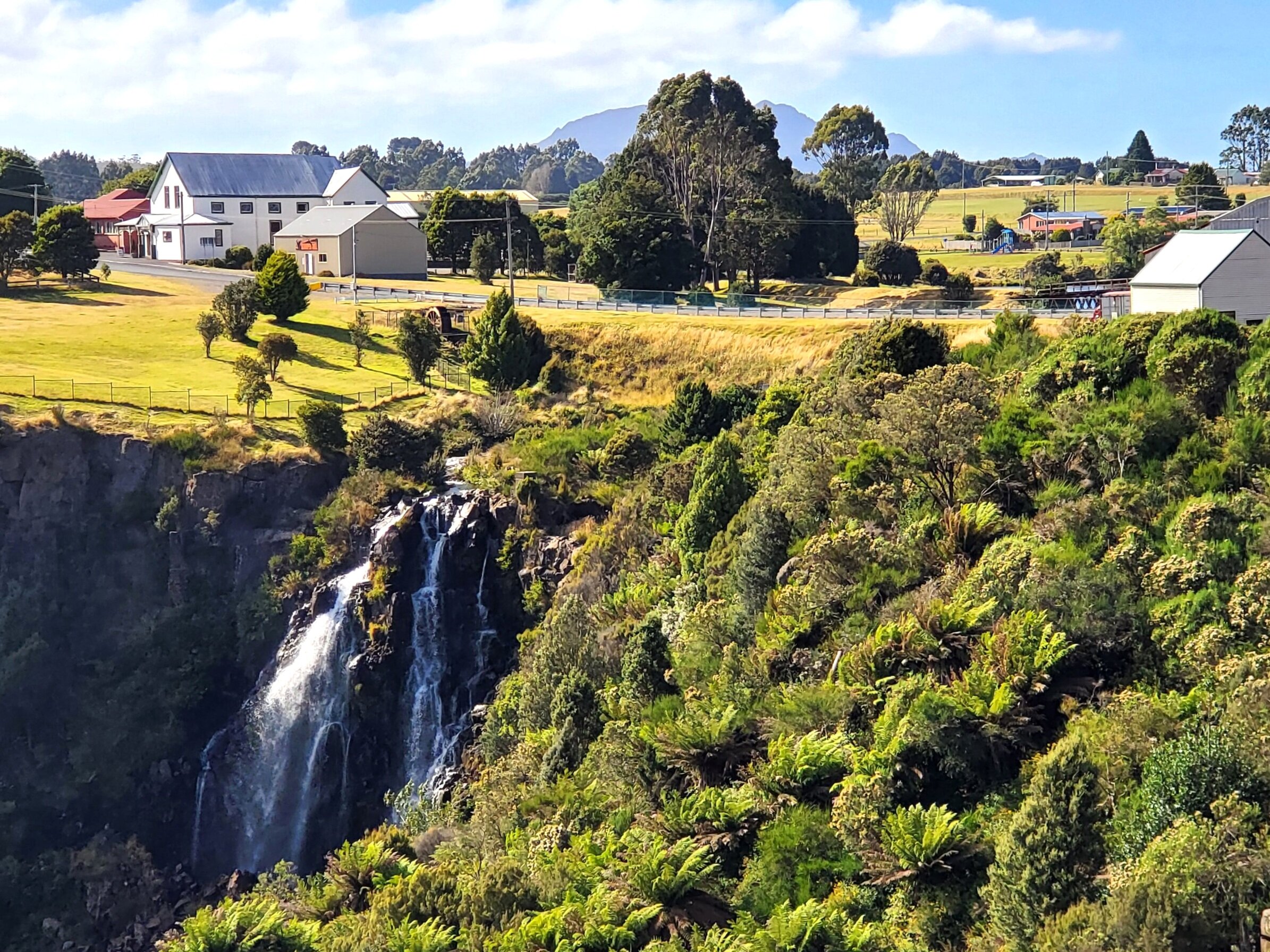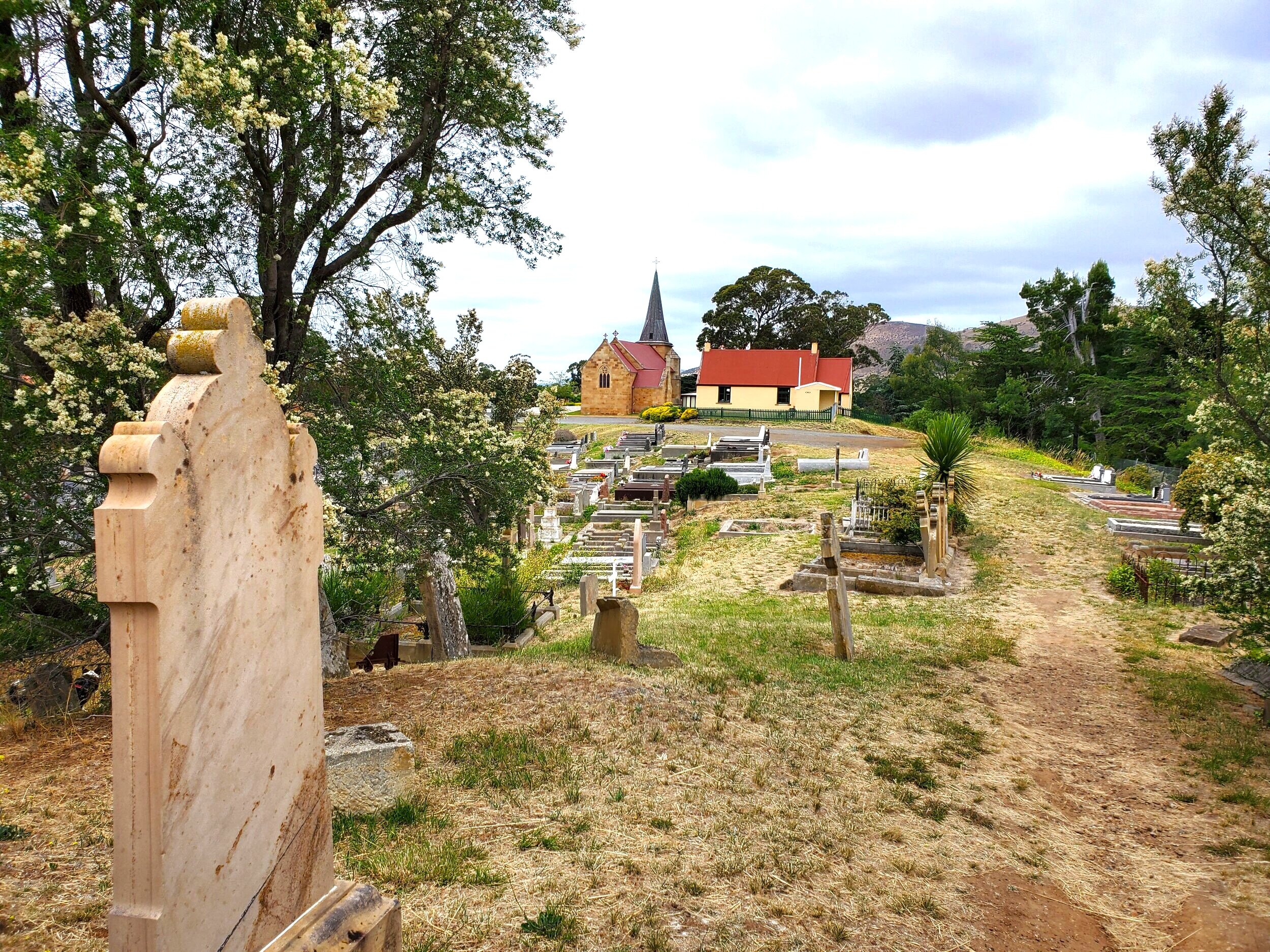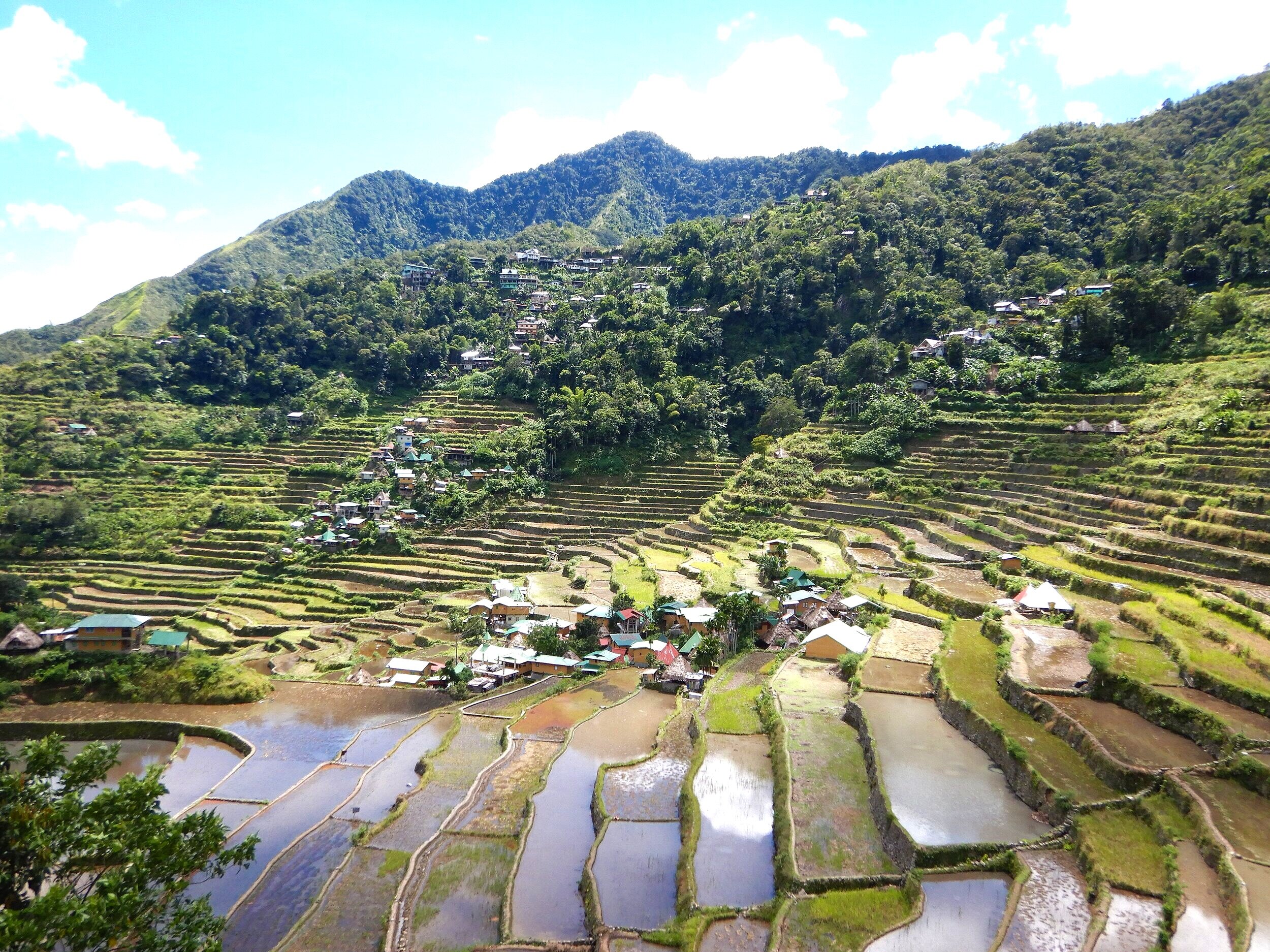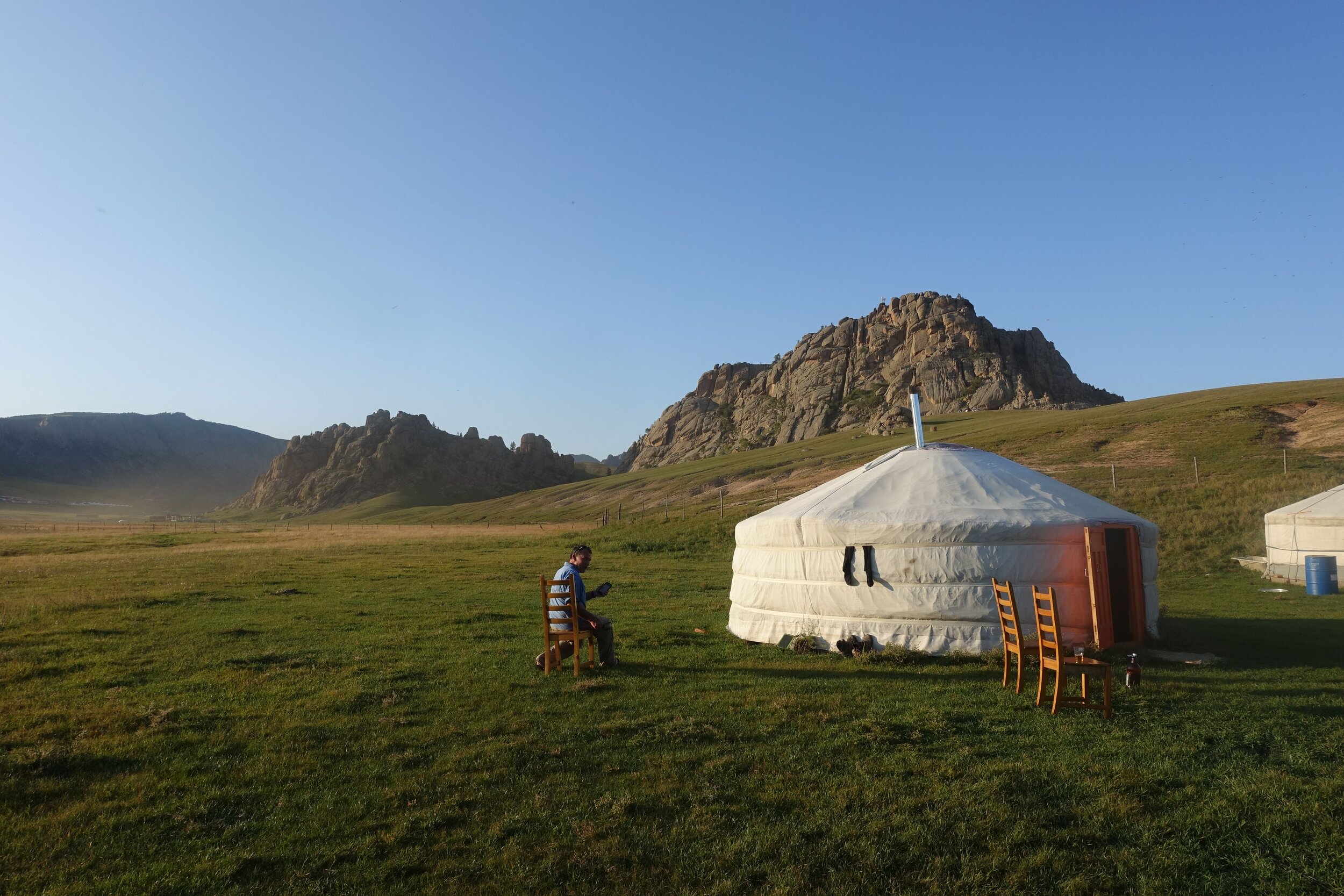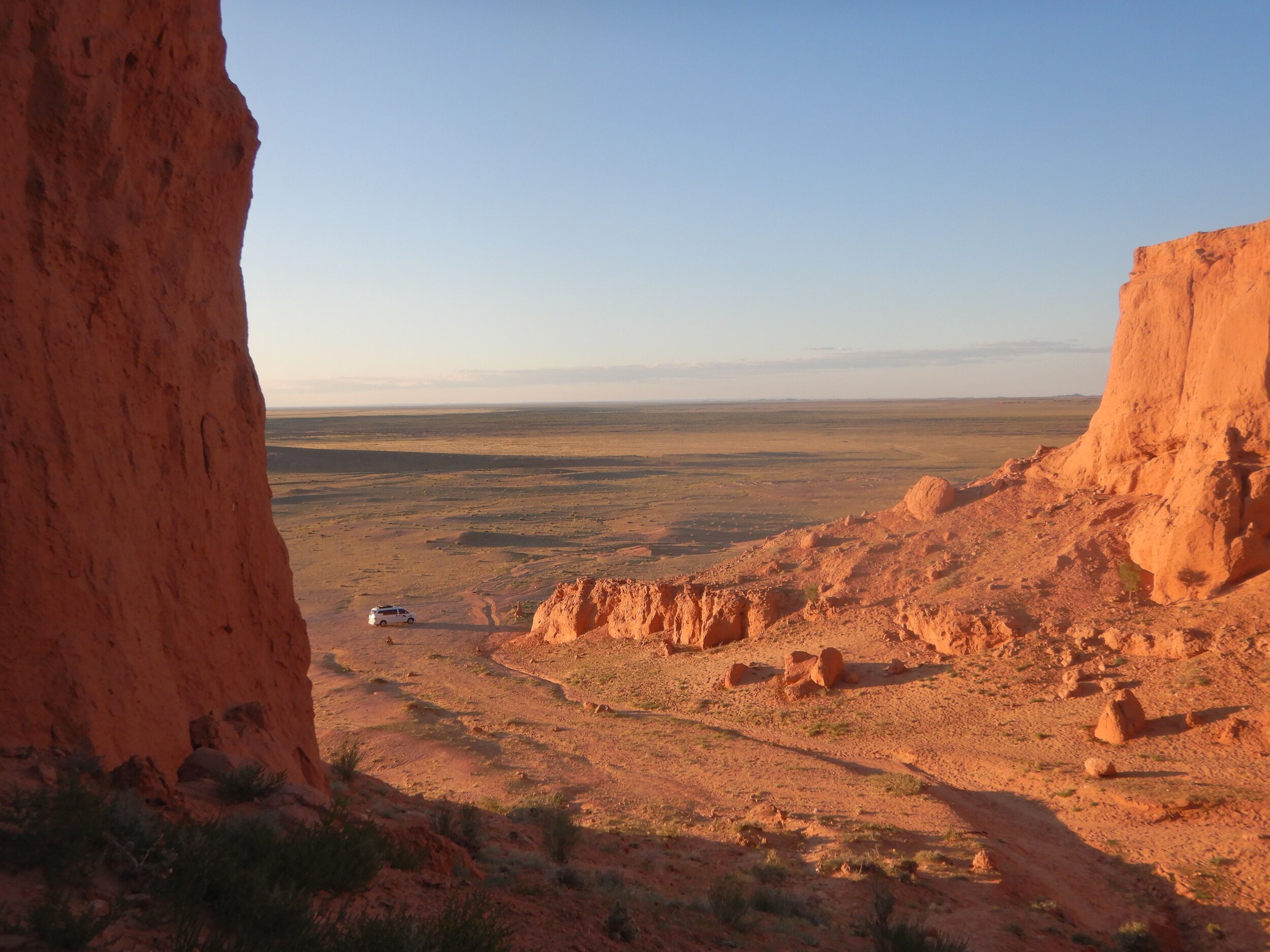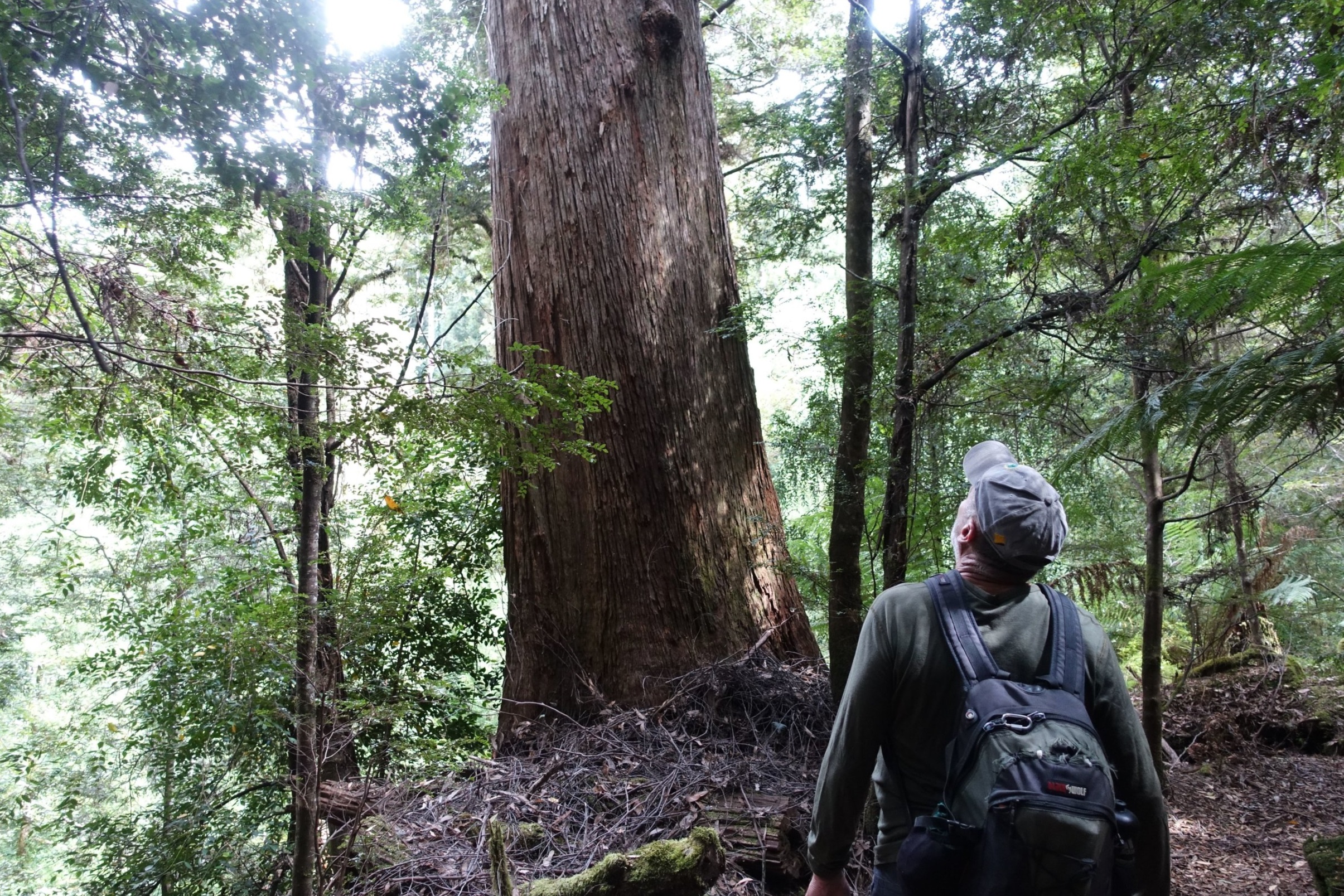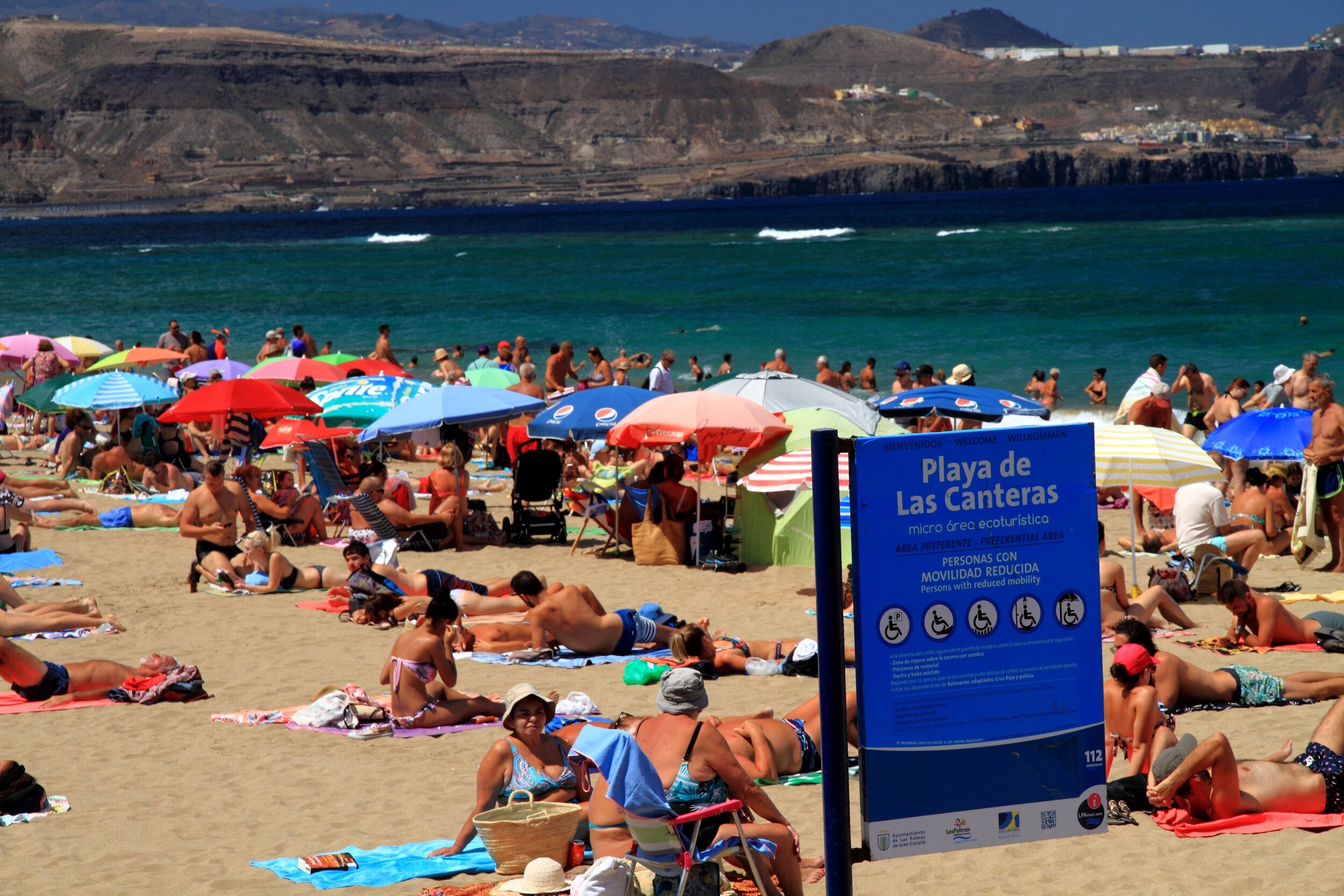A Beginners Guide to the Maya of the Yucatan, Mexico
/temple of the inscriptions - Palenque
Introduction
Human habitation in the region occupied by the Mayan people goes back as far as 11,000 BC. This is the area encompassing Mexico’s Yucatan Peninsula and other parts of the SE of the country, Belize, Guatemala and parts of Honduras and El Salvador.
credit: www.latinamericanstudies.org
el castillo, chichen itza
Between 2000 BC and 250 AD the Mayans developed their first complex societies as agriculture became more reliable, with the first cities appearing around 750 BC. These included some of the temples and other impressive architecture that we associate with the Mayan culture.
part of the temple of the inscriptions, palenque
By 250 AD the great Mayan cities of Tikal and Calakmul were in full swing. And by around 1000 AD that most famous of Mayan cities, Chichen Itza, was at its height. The various Mayan kingdoms fought amongst themselves as well as battling outside invaders such as the Toltecs and, of course, the Spanish from 1523 onwards. Consequently many of their great cities had been abandoned long before the Spanish arrived.
Nuhoch Mul, Coba
Today the descendants of the original Mayans form a large minority in the region, including around 40% of the Guatemalan population. Evidence of their long occupation of this land is everywhere, but nowhere is it more tangible than in the amazing archaeological record that is found across the Mexican Yucatan, some of which is still to be unearthed.
We visited a few sites in the region which gave us a small taste. Here is a sample.
Palenque
The ancient city of Palenque, in the Mexican state of Chiapas, covers 15 square kilometres and has hundreds of buildings, though much is unexcavated. The site sits upon jungle covered hills overlooking the coastal plain. It reached its peak from 630 – 740 AD but was abandoned by 900 AD.
el palacio (the palace)
The archeological site is 8 kms from the town of Palenque. Colectivos and taxis regulalry do the trip. As you enter the site (M65/$US3) one of the first things you see is the Temple of the Inscriptions, Palenque's tallest building.
temple of teh inscriptions
Across from the Temple is The Palace, with its four courtyards and passageways.
exploring the palace
You can explore the palace and get some good view of other parts of the site, including the Temple of the Inscriptions.
the temple of the inscriptions as viewed from the palace.
the palace
Continuing on over a small bridge you will have a couple of choices. To the left of a Y intersection is the Group of the Crosses. Here you can climb the Temple of the Cross and get some excellent views of the square below.
the plaza with the temple of the cross on the right
To the right of the Y is the Acropolis South.
Head down the path to Group North, noting the Juego de Pelota (Ball Court) on the way.
Ball Court
Continue on to the Grupo Murcielagos (Bat Group) and a pretty waterfall.
checking out the northern group
The exit is just a little way along from here. Close to the exit is the site's museum. It's supposed to be very good, but it was closed when we were there (ie closed Mondays).
waterfall near the exit
Palenque has some of the best Mayan architecture anywhere and is well worth a visit.
Tulum
Tulum’s big drawcard is its location. It does not have the grand temples of Palenque or Chichen Itza but it is unbeatable for its aspect, sitting right on Mexico’s Caribbean coast with spectacular ocean vistas.
el castillo
Tulum reached its peak around 1200 - 1521 AD. The most impressive buildings are the Templo del Dios del Viento (Temple of the Wind God) and the biggest structure, El Castillo (the Castle).
templo del dios del viento
It can make for some great photos, but chances are, you’ll have to contend with lots of other would-be photographers.
everyone wants the best vantage point for that killer selfie
Being just south of the tourist towns of Playa Del Carmen and Cancun means that it gets a lot of day trippers and tour groups. Nevertheless, it’s still worth the effort to go there.
what's all the fuss about?
Don't forget to bring your swimmers as Tulum sits on the beach and you can relax and have a dip when you've finished exploring the ruins.
the beach at tulum archeological site
Tulum costs M65/$US3 to enter and is one hour south of Playa del Carmen by bus or colectivo.
Coba
nohoch mul
Coba was a Mayan city where over 50,000 people lived during its peak period from 800 – 1100 AD. It was an important centre in its time, evidenced by the many sacbeob (stone-paved avenues) that led here. The longest was over 100km long and connected Coba to Yaxuna near Chichen Itza.
Coba sits amongst thick tropical jungle. Only a small proportion of the site has been excavated. There are four main groups of structures to visit. The first one you come to when you enter the site is Grupo Coba which includes a huge pyramid.
grupo coba pyramid
Conjunto Pinturas is next. It has several large, carved stelae, though weathering has made it hard to make out many of the images. This group includes a Mayan ball court with rings still in place.
ball court
At a forked intersection, you have the choice of first visiting Grupo Nohoch Mul (Big Mound) or Grupo Macanxoc. It’s worth visiting both but Nohoch Mul has a 42m high pyramid that you can climb for great views across the jungle.
is there ever not a good time for a selfie?
In contrast Grupo Mananxoc is more low key with some stelae and smaller structures.
grupo mananxoc
Even though only a small part of the overall Coba site has been excavated it’s still quite a large area to cover to get to all four groups. Some people hire bikes at the entrance and others use the abundant bicycle taxis that are everywhere. Or you can do what we did and walk.
we visited coba with fellow celta course suvivors kayla and alec
We travelled to Coba from Playa del Carmen, a 2-hour bus trip each way at M252/$US12 return. The cost to enter the site is M65/$U3. Guides are available at the entrance if you want the full Coba story.
Chichen Itza
Chichen Itza was voted one of the New 7 Wonders of the World as part of a global competition in 2007. While it was attracting many visitors long before this event it is undoubtedly on a lot more bucket lists nowadays as the army of tourist buses testify to. The archaeological site is a busy one, but don’t be put off by this – it’s worth the effort nevertheless.
You can’t climb any of the structures, which means that, if you time things right, you might get some good shots without hordes of tourists in the foreground. It’s a good idea to get there early (it opens at 8.00am) if you want to beat at least some of the masses.
You don’t have to wait long after coming through the entrance to be impressed. Awaiting you expectantly is El Castillo (The Castle) pyramid. This is often used as the symbol of Chichen Itza.
el castillo
It has four sides, each with 91 steps. If the top platform is added the total is 365. This amazing pyramid is in fact a physical representation of the Mayan Calendar.
Chichen Itza was at its peak from 900 – 1200 AD with 90,000 inhabitants. If you want a more detailed history of Chichen Itza and the Mayan Civilization more generally click here.
snakes head - temple of the jaguars
You can wander around the site however you like, but there is a logical circuit that can be done (either clockwise or anticlockwise) which takes you to all parts of the site.
site maps are in many locations
It is signposted throughout. We followed in a clockwise route.
temple of the jaguars
After thoroughly taking in El Castillo we headed to the Templo de los Jaguares (Temple of the Jaguars).
ball court
This temple includes the Mayan’s biggest ball court.
platform of skulls
We had a good look at the Platform of Skulls.
We then took the path down to the Sacred Cenote where many a human sacrifice was made.
temple of the warriors
Next stop: Templo de Los Guerros (Temple of the Warriors).
group of a thousand columns
And the adjacent Group of a Thousand Columns.
By now we were half way around with different views of El Castillo.
high priests grave
We then followed the path to the High Priests Grave.
el caracol
Its then just a short distance to El Caracol (the Snail), an unusual, round building that was an observatory.
the nunnery
Nearby is the Edificio de las Monjas (the Nunnery).
And finally, around 3.5 hours later, we returned to where we started and a final look at El Castillo.
there's no shortage of opportunities to purchase souvenirs
To get to Chichen Itza we took a bus from the main bus station in Valladolid – M52/$US2.50 p.p return. It’s about 45 minutes by bus from Valladolid. Entrance to the archaeological park is M167/$US8/$AUS11.
Conclusion
temple of the warriors, chichen itza
These are just four of the better known Mayan sites in the Yucatan – there are literally dozens more. No visit to this part of Mexico would be complete without taking in some of the amazing architectural and cultural achievements of the ancient Mayans civilization.
Ken
enjoying the view from coba's big mound.
